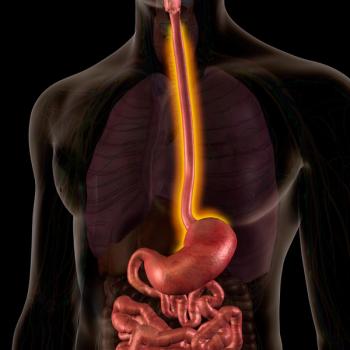
7% of Patients with Cancer Participate in Treatment Research
New study finds trial enrollment was highest at NCI-designated cancer centers. Researchers said more needs to be done to enroll patients from community cancer sites.
One in five people with cancer in the United States (21.9%) participate in some form of oncology research, according to new findings
Researchers from the American Cancer Society Cancer Action Network (ACS CAN) used data from the Commission on Cancer, a consortium of professional organizations established by the American College of Surgeons. The data represents about 70% of all cancer cases diagnosed in the United States and included data from 2013 to 2017.
Researchers used enrollment numbers for treatment, biorepository, diagnostic, economic, genetic, prevention, quality-of-life (QOL), and registry studies. The study used patient data from a range of trial sponsors and care settings, including community hospitals. Data from 1,200 programs were available.
Researchers found that enrollment in treatment trials was highest at National Cancer Institute-designated cancer centers. Treatment trial enrollment was 21.6% at NCI-designated centers, 5.4% at academic (non–NCI-designated) cancer programs, 5.7% at integrated network cancer programs, and 4.1% at community programs. One in five patients (21.9%) participated in one or more cancer clinical research studies.
“We know that most patients with cancer will participate in a clinical trial if given the chance, and the level of enrollment we see at NCI-designated cancer centers shows what participation can be when patients are offered trials,” Mark Fleury, Ph.D., a policy principle at ACS CAN and senior author of the study, said in a
JCO Associate Editor Stephanie B. Wheeler, Ph.D., MPH, wrote that “more efforts are needed to expand study access and to anticipate and mitigate barriers to clinical research participation, especially among underrepresented groups.”
Study researchers suggested that more needs to be done to enroll patients from community sites because most receive cancer care from these sites. They suggested that one model is the National Cancer Institute’s
The Community Oncology Research Program works closely with National Clinical Trials Network (NCTN), a major NCI-supported infrastructure for cancer clinical trials. About 30% to 35% of the patients enrolled on NCTN clinical trials, including precision medicine studies, are from Community Oncology Research program sites.
In the recent study, researcher identified limitations, including that Commission on Cancer trials are often conducted at larger institutes in urban centers. This could limit generalizability of the estimates. Additionally, since the data were deidentified and aggregated at the institution level, it was not possible for researchers to examine sex, race, ethnicity, or geography of patients.
Newsletter
Get the latest industry news, event updates, and more from Managed healthcare Executive.






















































